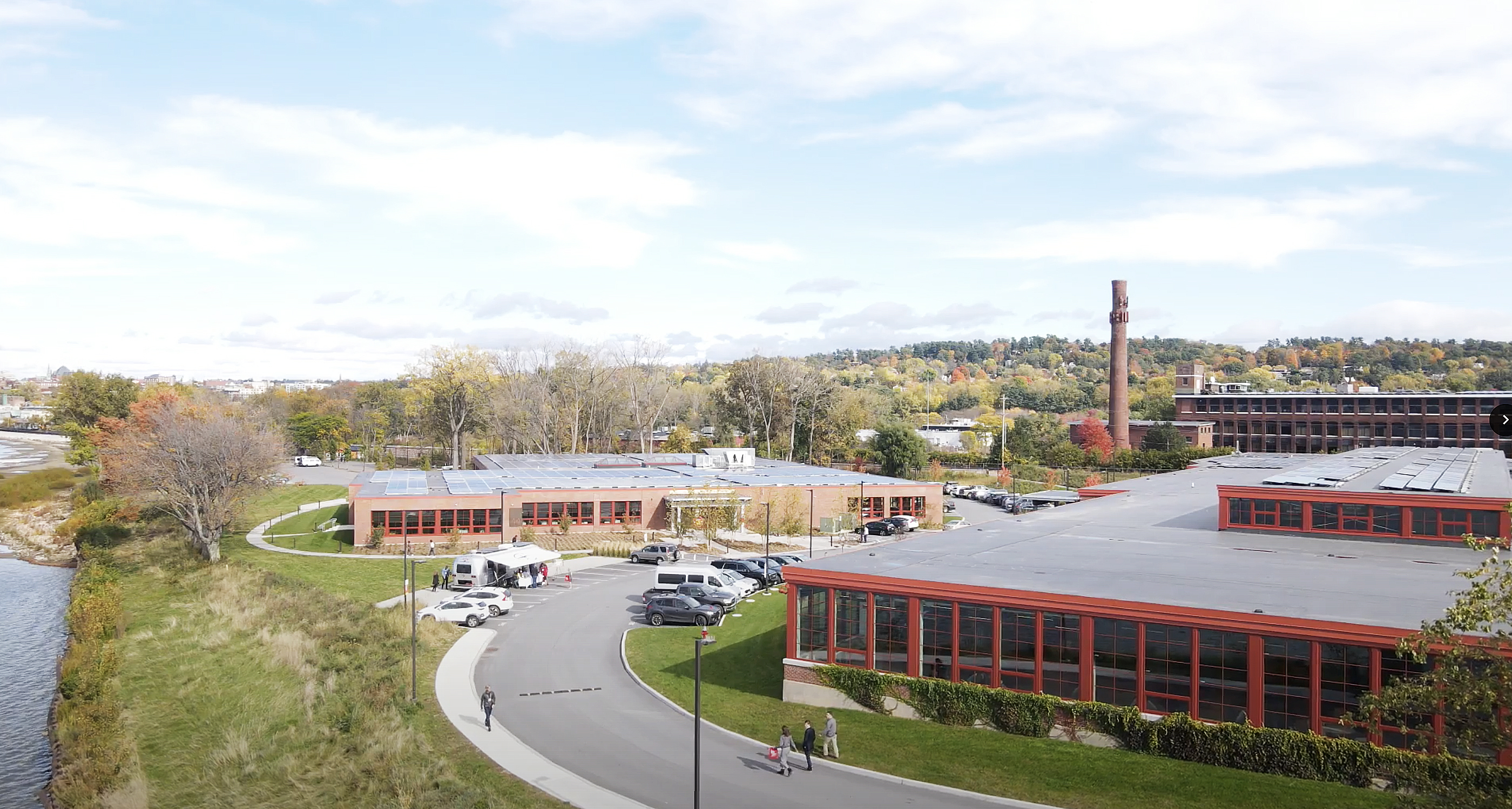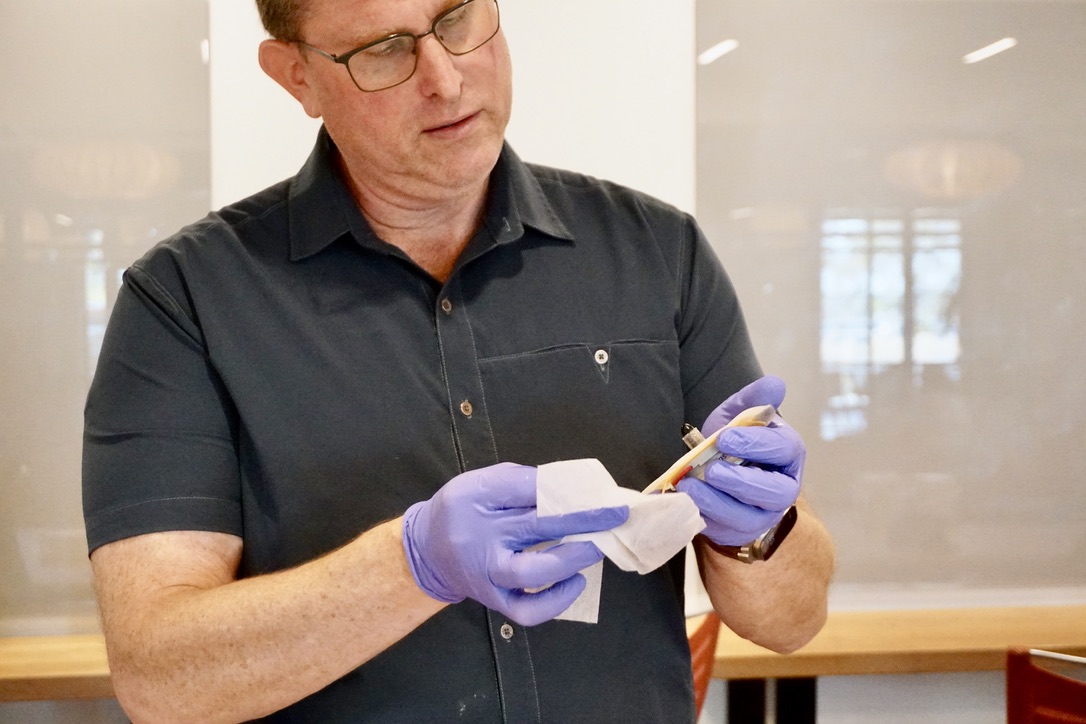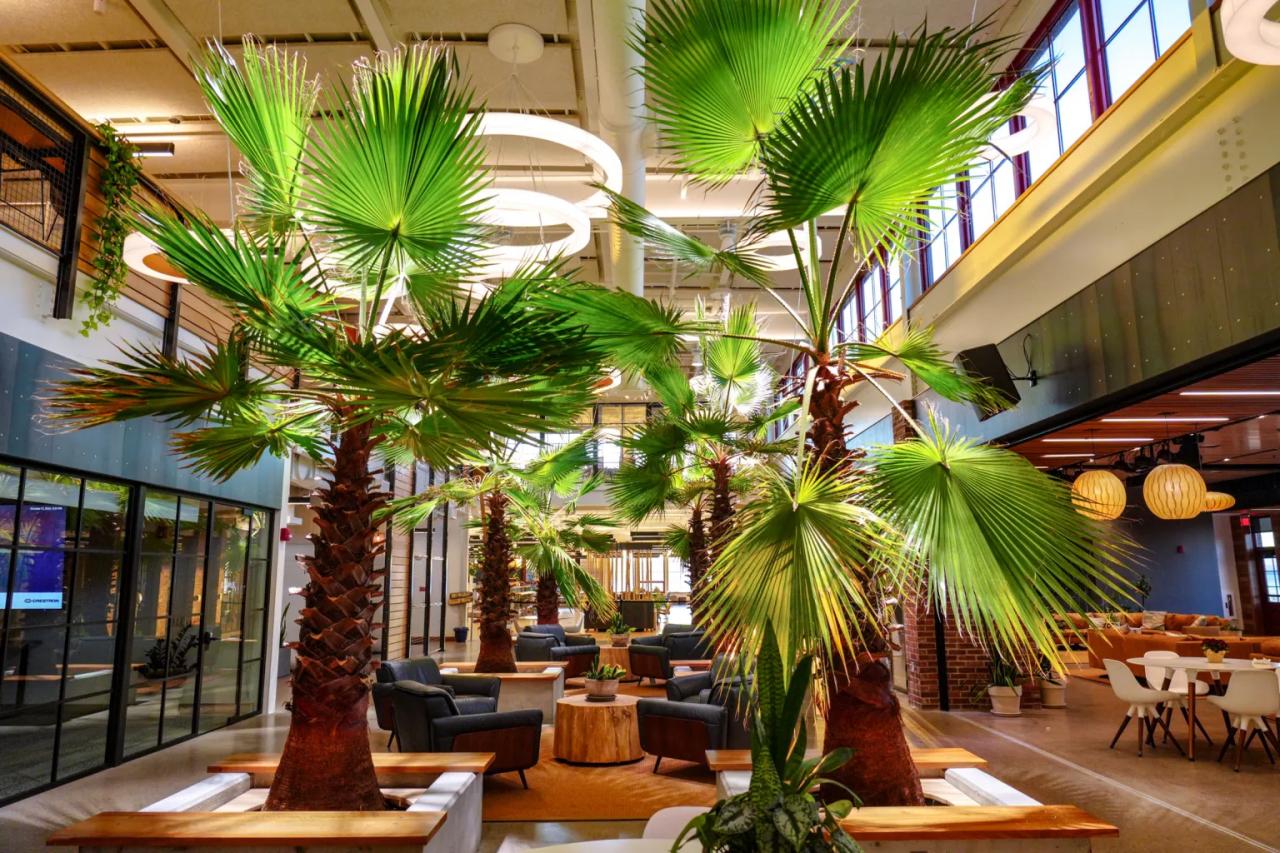
From capturing memorable moments to unlocking our phones, cameras seem to do it all for us nowadays. Camera technology––specifically License Plate Recognition (LPR)––is propelling us into a more sustainable future of parking. Using LPR cameras, Premium Parking, Hula’s dedicated parking team, sets itself apart from the standard parking paradigm with this innovative software. Fixed camera parking systems are versatile and there are opportunities to apply this same system for parking vehicles like boats or ferries. Moving away from gates, gas-powered enforcement vehicles, and printed tickets allows for a more environmentally-conscious parking experience.
Sustainable Parking Systems that Work
Since 2005, Premium Parking has moved away from the gate system, a traditional parking technique. Since then, Premium Parking is almost 100% gateless, thanks to its patented GLIDE Eye LPR™. Traditional parking procedures include someone driving around in a gas-powered vehicle to monitor lots and then ticket accordingly. With the help of fixed cameras and LPR systems, wasted gas and resources become a thing of the past.
Other parking companies rely on gates that create energy loss and waste including:
- Loss of energy to run gate systems due to the process of transmitting electrical energy over long distances.
- Inefficient entry for vehicles. When there isn’t a gate cars don’t have to wait for entry and in turn saves carbon dioxide from entering the atmosphere.
- The use of precious hardware materials. Gates costs money to build and the use of valuable resources.
If more organizations adopt gateless parking, we could save our landfills hundreds of tons of waste per year.
Premium Parking also avoids using metallic-covered plastic or other physical permits, such as stickers, which end up in the landfill because they aren’t recyclable. Tickets from traditional parking systems that get placed on your windshield are made out of carbon paper which doesn’t biodegrade or break down easily. Since Premium Parking is all platform-based, no plastic or metallic stickers end up in the landfill. The majority of Vermonters have their emails connected to the DMV which could be another way that parking could enforce ticketing by sending an email as opposed to printing unnecessary paper tickets. And, with the innovative GLIDE Eye LPR™ system, the cameras could read the license plate and then automatically send a warning or ticket straight to the vehicle owner.
How LPR Cameras Work at Hula
There are two fixed LPR cameras situated on the corner of Building 50. GLIDE Eye LPR™ cameras catch the rear plate of any vehicle entering the lot and enables enhanced compliance through AI-powered license plate recognition technology. It captures the rear plate because not all states require front plates on a vehicle but every state requires a rear plate.
Hulagans can sign up online or download the app to pay for parking and can enter up to three vehicles to the account but only one can be at the property at any given time. Flexible plans make parking unique to each person–choose from 7 day or 5 day (Mon-Fri only) plans. There are many ways to park and it’s not just about the people who come into the office everyday but also the people who only come here a few days or weeks out of the month. Premium Parking wants to make sure that Hulagans know that there are plenty of options for everyone and they hope they can support anyone that may need it before these systems are in place.






